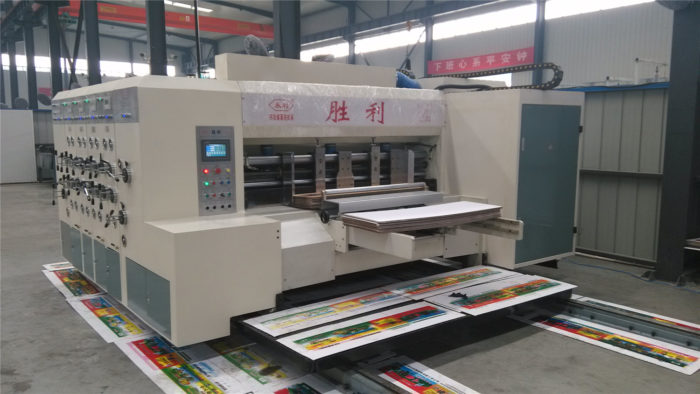
3D printing has revolutionized the manufacturing industry by allowing for the creation of complex and customized objects with ease. However, one question that often arises is whether a 3D printer can print flexible plastic. The answer is yes, but it depends on the type of printer and the type of plastic being used.
Firstly, it is important to understand that there are different types of 3D printers, each with its own strengths and limitations. Fused Deposition Modeling (FDM) printers are the most common type and work by melting plastic filament and extruding it layer by layer to create an object. These printers can print flexible plastics, but the flexibility of the final product depends on the type of plastic used and the printer’s settings.
Flexible plastics, such as TPU (thermoplastic polyurethane) and TPE (thermoplastic elastomer), are commonly used for 3D printing. These materials have a rubber-like texture and can be stretched and bent without breaking. However, they require specific settings on the printer to ensure that they are printed correctly. For example, the printer’s temperature and speed settings need to be adjusted to prevent the plastic from melting or warping during the printing process.
Another factor to consider is the design of the object being printed. Objects with intricate details or thin walls may not print well with flexible plastics, as they can be more difficult to control during the printing process. It is important to choose a design that is suitable for the type of plastic being used and the capabilities of the printer.
In conclusion, a 3D printer can print flexible plastic, but it requires the right type of printer, the right type of plastic, and the right settings. With the right combination of these factors, it is possible to create objects with a rubber-like texture that can be stretched and bent without breaking. As 3D printing technology continues to advance, we can expect to see even more possibilities for printing flexible plastics in the future.

